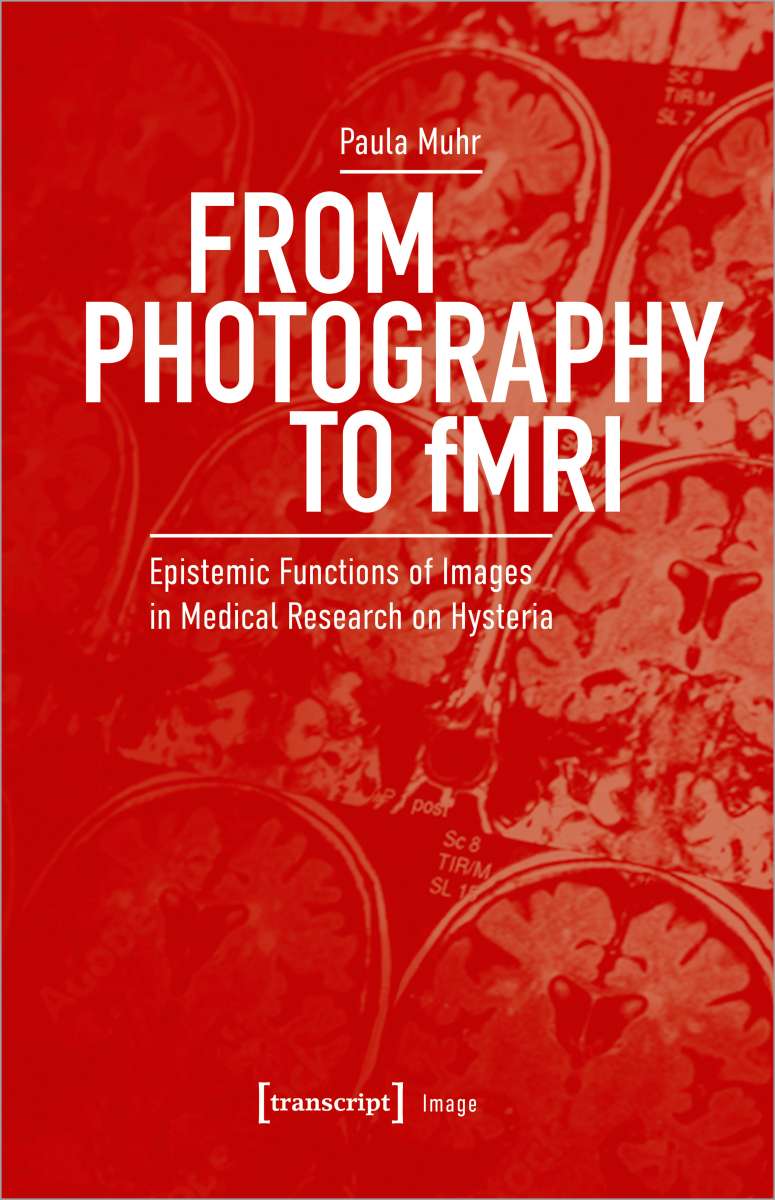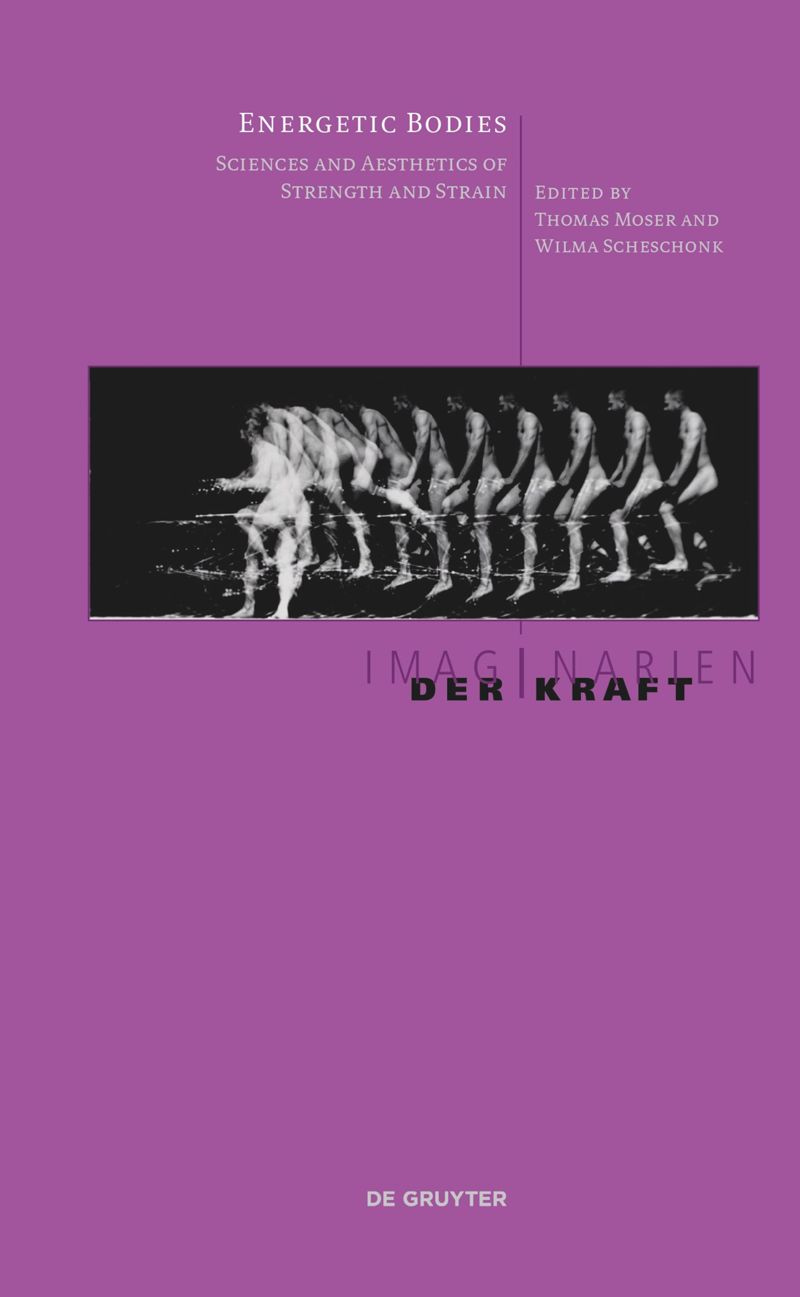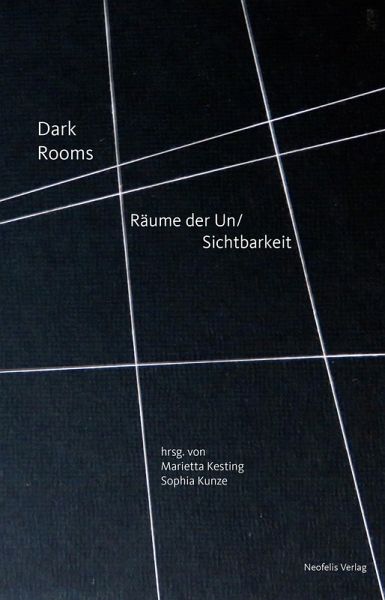|
Academia.edu: https://kit.academia.edu/PaulaMuhr
Research.net: https://www.researchgate.net/profile/Paula-Muhr
Monographs:
- From Photography to fMRI: Epistemic Functions of Images in Medical Research on Hysteria. Bielefeld: transcript, 2022 [open access].
- Review: Milton Fernando Gonzales Rodriguez, Social History of Medicine (2023). https://doi.org/10.1093/shm/hkad030.
Edited Volumes:
- Manuel Bolz, Stefanie Mallon, Paula Muhr, Tim Schaffarczik, and Philipp Schrögel, eds. Wissenschaft und Technologie kommunizieren: Kontroversität, Dialog und Partizipation. Bielefeld: transcript, in preparation [open access].
Peer-Reviewed Articles:
- “Assessing Structure-Function Relationships in the Living Human Brain: Assistive Uses of Interactive Neuroanatomical Visualisations in fMRI.” In Assistance, Assistants and Assistive Media. Barriers and Interfaces of Digital Cultures, edited by Philipp Macele, Jan Müggenburg, and Anna-Lena Wiechern. Bielefeld: transcript, forthcoming in 2024 [open access].
- “‘What We Thought Was Unseeable’: Die Konstruktion der ersten authentischen Bilder eines Schwarzen Lochs.” In “Ain’t Nothing Like the Real Thing?”: Formen und Funktionen medialer Artefakt-Authentifizierung, edited by Amrei Bahr and Gerrit Fröhlich. Bielefeld: transcript, forthcoming in 2024 [open access].
- “Establishing Trust in Algorithmic Results: Ground Truth Simulations and the First Empirical Images of a Black Hole.” In The Science and Art of Simulation: Trust in Science, edited by Nico Formánek, Ammu Joshy, and Andreas Kaminski. Cham: Springer, forthcoming 2024.
- “The Biologically Vulnerable Brain: Emerging Neuroimaging Research on the Roles of Early-Life Trauma, Genetics, and Epigenetics in Functional Neurological Disorder.” In Vulnerability: Real, Imagined, and Displayed Fragility in Language and Society, edited by Silvia Bonacchi. Göttingen: Brill / Vandenhoeck & Ruprecht, forthcoming 2024 [open access].
- “The Unobserved Anatomy: Negotiating the Plausibility of AI-Based Reconstructions of Missing Brain Structures in Clinical MRI Scans.” In Plausibilisierung und Evidenz: Dynamiken und Praktiken von der Antike bis zur Gegenwart, edited by Antje Flüchter, Birte Förster, Britta Hochkirchen, and Silke Schwandt, 169–92. Bielefeld: Bielefeld University Press, 2023. https://doi.org/10.14361/9783839469781-008 [open access].
- “The ‘Cartographic Impulse’ and its Epistemic Gains in the Process of Iteratively Mapping M87’s Black Hole.” Media+Environment 5 (2023). https://doi.org/10.1525/001c.88163 [open access].
- “The Speechless Patient: Charcot’s Diagnostic Interpretation of Vocal, Gestural and Written Expressions in Hysterical Mutism.” In Ordinary Oralities: Everyday Voices in History, edited by Josephine Hoegaerts and Janice Schroeder, 171–88. Berlin: De Gruyter, 2023. https://doi.org/10.1515/9783111079370-011 [open access].
- “Tracing Hysteria’s Recent Trajectory: From a Crisis for Neurology to a New Scientific Object in Neuroimaging Research.” In Wissenskrisen–Krisenwissen. Zum Umgang mit Krisenzuständen in und durch Wissenschaft und Technik, edited by Julia Engelschalt, Jason Lemberg, Arne Maibaum, Andie Rothenhäusler and Meike Wiegand, 271–96. Bielefeld: transcript, 2023. https://doi.org/10.14361/9783839461761 [open access].
- “Epistemic Productivity of Seemingly Failed Approaches in fMRI-Based Research into Hysteria.” In Scheitern in den Wissenschaften: Perspektiven der Wissenschaftsforschung, edited by Michael Jungert and Sebastian Schuol, 189–207. Paderborn: Brill / Mentis, 2022.
- “Visualising the Muscular Force: A Comparison of Charcot’s and Féré’s Approaches to Investigating the Strained Hysterical Body.” In Energetic Bodies: Sciences and Aesthetics of Strength and Strain, edited by Thomas Moser und Wilma Scheschonk, 81–101. Berlin: De Gruyter, 2022.
- “Tito/Tata: Fiction and Factuality in Documentary Photographs of the Father Figure in Communist Yugoslavia.” Refract: An Open Access Visual Studies Journal 4 (2021): 105–22 [open access]. http://doi.org/10.5070/R74155760.
- “Visualising the Hypnotised Brain: Hysteria Research from Charcot to Functional Brain Scans.” Culture Unbound 10 (2018): 65–82 [open access]. https://doi.org/10.3384/cu.2000.1525.181065.
- “Die Unsichtbarkeiten der Hysterie.” In Dark Rooms. Räume der Un/Sichtbarkeit, edited by Kesting Marietta and Sophia Kunze, 65–80. Berlin: Neofelis Verlag, 2017.
- “Framing the Hysterical Body: A Comparative Analysis of a Historical and a Contemporary Approach to Imaging Functional Leg Paralysis.” In Images of Knowledge. The Epistemic Lives of Pictures and Visualisations, edited by Nora S. Vaage, Rasmus T. Slaattelid, Trine Krigsvoll Haagensen, Samantha L. Smith, 97–125. Frankfurt am Main: Peter Lang, 2016.
- “Kriticki osvrt na pet pozicija u savremenoj srpskoj fotografiji.” [A Critical Consideration of Five Positions in Contemporary Serbian Photography]. Journal of the Museum of Applied Arts 2 (2006): 75–88 (in Serbian).
Varia:
- “Self-Representation and Social Condititioning.” In The Other Side: Photography from Eastern Europe, edited by Wüstenrot Stiftung and Roman Bezjak, 26–33. Heidelberg: Kehrer Verlag, 2011.
- “M. M.” In Cultural Participation and Creativity in Later Life: A European Manual, edited by Almuth Fricke and Sylvia Dow, 137–46. Munich: Kopaed, 2009.
- “Memory Work.” In N/osztalgia – Ways of Revisiting the Socialist Past, edited by Isabella Willinger, 81–87. Berlin: Plotki, 2007.
- (with Katarina Radović) Serbian translation of Photography: A Critical Introduction, edited by Liz Wells. (Fotografija, priredila Liz Vels). Belgrade: Clio, 2006.
- Paula Muhr: Odsustvo/Absence, edited by Paula Muhr, Jovan Čekić, and Maja Stanković. Belgrade: Kulturni centar Beograda, 2005.
|
|

https://www.transcript-verlag.de/978-3-8376-6176-7/from-photography-to-fmri/

https://www.degruyter.com/document/doi/10.1515/9783110767162/html?lang=en

https://www.peterlang.com/document/1049667

https://neofelis-verlag.de/verlagsprogramm/wissenschaft/kultur-sozialwissenschaften/812/dark-rooms
|
